Biodiversity
Biodiversity assessments
We uphold the highest standards in environmental management, guided by our ESG Policy, to minimize our impact. In site development, we also adhere to the mitigation hierarchy principles and international conservation standards when developing our sites.
During pre-development, we use the Integrated Biodiversity Assessment Tool (IBAT) to assess biodiversity risks and impacts. The insights from IBAT and biodiversity assessment reports enable our project teams to apply the mitigation hierarchy throughout a project’s lifecycle, ensuring no net biodiversity loss and implementing measures to achieve net gain in terms of environmental impact.
To ensure the effectiveness of our efforts, we implement rigorous monitoring and adaptive management practices. We conduct regular biodiversity surveys across our projects, including bird and bat monitoring, to assess and mitigate potential impacts on local species.
Progress on 1M trees target by 2025
1,017,103
trees planted
Natural habitat areas protected
2,815
hectares
Threatened species protected through established conservation programs
15
species of reptiles,
birds and mammals
Based on the International Union for Conservation of Nature (IUCN) Red List of Threatened Species
Embedding mitigation hierarchy principles in project development
We integrate the mitigation hierarchy principles—avoid, minimize, restore and offset—into our renewable energy projects. Our efforts span biodiversity protection, habitat restoration, sustainable land management and innovative partnerships, all aimed at minimizing environmental impact while supporting local communities and ecosystems.
In the Philippines, one of our key strategies is biodiversity protection and habitat restoration. We establish protective buffers or “No Go Zones” around critical habitats, such as creeks and forests, to prevent disturbance and support local wildlife. We also deploy forest guards to protect natural habitats from illegal activities like logging and slash-and-burn farming, while implementing fire prevention measures and community awareness programs.
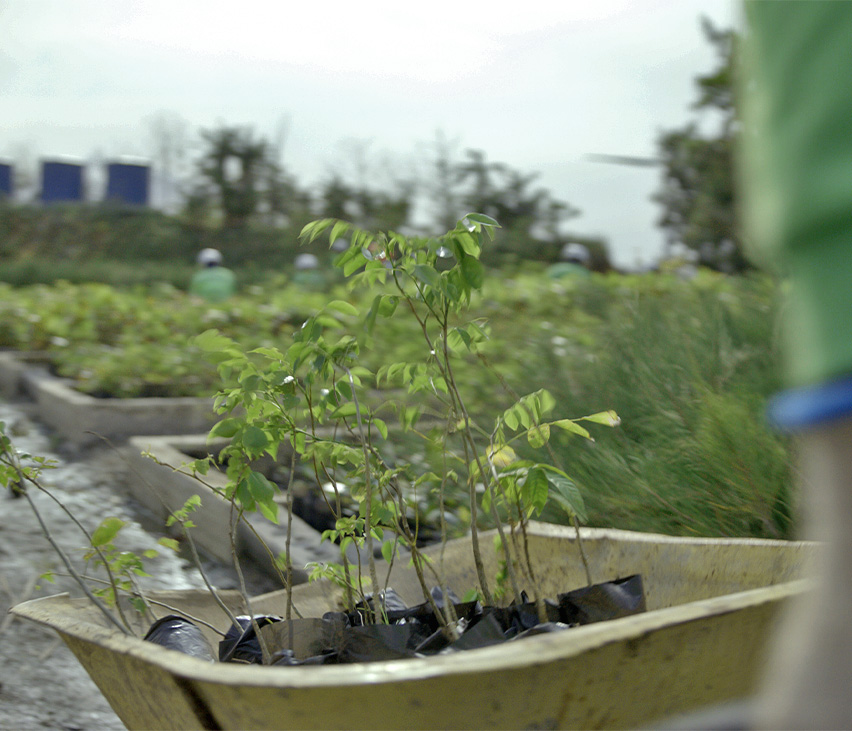
Our project teams work with the Department of Environment and Natural Resources (DENR) in conducting tree survey, tree earth-balling and tree inventory activities. We adhere to a 1:50 or 1:100 tree replacement policy, depending on the type of trees, ensuring that for every tree removed during development, at most one hundred are planted. Advanced tree inventories and reforestation plans that go beyond compliance further help us minimize vegetation clearance and promote biodiversity.
While the majority of our solar project sites pose minimal risk to biodiversity, as they require flat terrain with little development for optimal operation, we maintain these measures to mitigate the impact of vegetation loss caused by land clearing for project development.
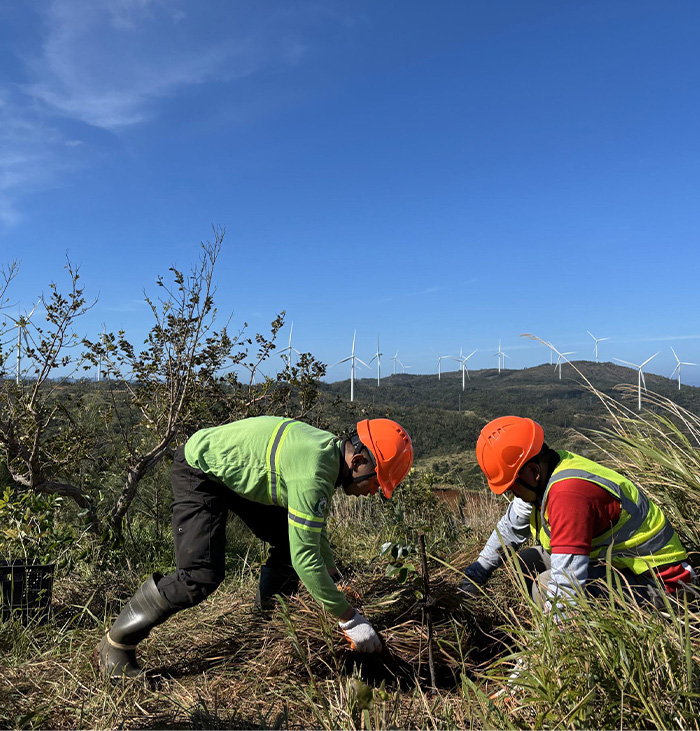
As of 2024, we planted more than 1 million trees across our sites, surpassing our target ahead of schedule.
Achieving our
1 million trees target
We continue to champion the vital role of protecting natural ecosystems in limiting global temperature rise to below 1.5°C, building on the foundation of our forest protection program established in 2014. Advancing our commitment to protecting and restoring ecosystems in locations where we operate, in 2021, we set an ambitious target of planting 1 million trees by 2025.
We have successfully surpassed our ambition one year ahead of schedule with 1,017,103 trees planted across 2,815 hectares of forestland to date.
Seventy one percent of the trees in the Philippines were planted across our sites while the remaining 29 percent were planted in sites that we adopted as part of the National Greening Program of the Department of Environment and Natural Resources, mangrove forests and other partners.
This achievement highlights our proactive approach to environmental stewardship, going beyond regulatory requirements to drive meaningful ecological restoration.
In addition to our tree planting and forest restoration activities, we aim to quantify the impacts of our efforts to verify effectiveness and ensure measurable environmental benefits.
We conducted a baseline assessment of the carbon stock in our Ilocos Norte Conservation Estate with our forestry partner, the University of the Philippines Los Baños College of Forestry and Natural Resources, and our dedicated NLR forestry team in 2018. Following a five-year update, we engaged an auditor, Carbon Check, to verify the carbon sequestration or additionality in the site using ISO-14064-2:2019.
As of 2023, our Conservation Estate holds 345 kilotons of carbon dioxide equivalent (KTCO2e), sequestering 78 KTCO2e as verified by Carbon Check. This metric validates and measures the environmental impact of our reforestation efforts.
Conservation Estate in Ilocos Norte
~345 KTCO2e
Carbon stored as of 2023

Looking ahead, we aim to extend carbon measurement to other sites, ensuring a lasting positive effect on both the environment and the communities we serve. By combining reforestation initiatives with environmental assessments, we create a results-driven approach to restoring ecosystems and contribute to global carbon reduction goals.
Conservation efforts
in the Philippines
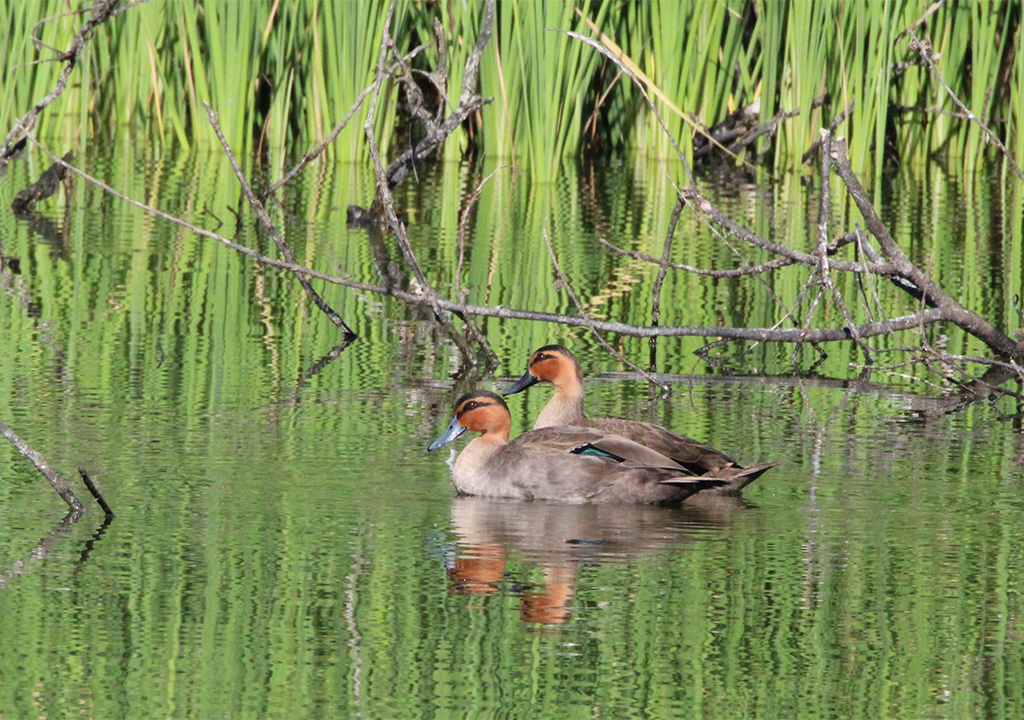
The Philippine Duck is right at home in the wetlands of Pagudpud, Ilocos Norte, where ACEN’s wind projects and conservation efforts help protect biodiversity.
In Zambales, Palauig Solar uses native plants like vetiver grass for soil retention and erosion control, stabilizing slopes, promoting ecosystem recovery and reinforcing our commitment to a completely sustainable land management.
For Quezon North Wind, we conduct High Conservation Value Area (HCVA) assessments and Natural Capital Accounting to help us identify and manage biodiversity risks.
We actively conserve and monitor wetland ponds, which are vital habitats for resident and migratory birds. The consistent presence of the endemic Philippine Duck, a species of cultural and ecological significance, underscores the value of these wetlands as thriving ecosystems. In a remarkable highlight, a migratory Ruddy Shelduck, a rare visitor from southeastern Europe and Central Asia, was also observed in Ilocos Norte—only the third recorded sighting in the Philippines. This extraordinary event highlights the global importance of our conservation efforts.
Looking ahead, we remain dedicated to expanding conservation practices and ensuring that these ecosystems continue to thrive for generations to come.
Conservation Estate in Ilocos Norte, Philippines
One of our flagship sustainability programs, the Conservation Estate in Ilocos Norte, Philippines, is a multi-pronged initiative that continues tobe a pioneering model for ecological stewardship. Located within our 81 MW North Luzon Renewables (NLR) wind farm, the project combines reforestation, agroforestry and biodiversity protection and circularity programs, transforming once-degraded landscapes into thriving ecosystems while fostering community development.
Originally a 700-hectare forest protection project, the Conservation Estate has now expanded to more than 1,400 hectares dedicated to ecological restoration and community empowerment. By addressing the adverse effects of unsustainable agricultural practices and illegal logging, this initiative strengthens biodiversity conservation and climate resilience.
Leveraging the expertise of specialists and our in-house capacity, we conduct regular biodiversity surveys and monitoring within the Conservation Estate to track the health and diversity of local ecosystems. A key feature of our effort is the strategic establishment of a no-impact eco-trail near fruit-bearing trees, which attracts a variety of bird species for foraging. This trail serves as a living observatory, allowing our teams to document and study forest birds.
Since we began our conservation efforts in 2014, more than 1.3 million seedlings were produced and over 560 thousand trees were planted in the Conservation Estate. In addition, we deliberately plant threatened native tree species, including Narra, Tindalo and Apitong, to enable the forest ecosystem to maintain its biodiversity and build resilience.
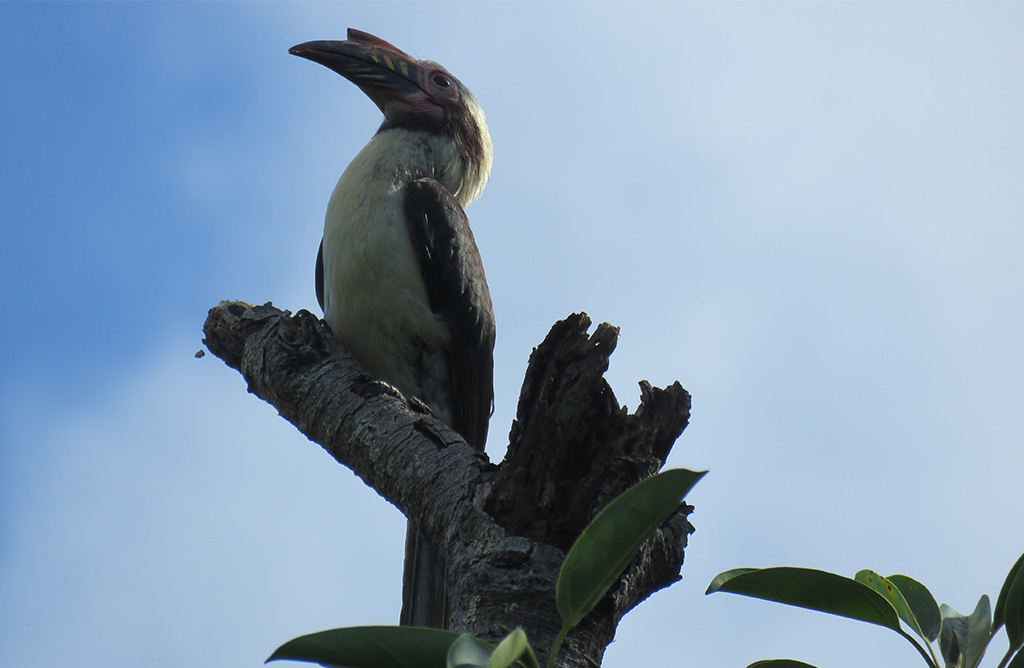
The Luzon hornbill is one of the endemic forest birds that we observe and study in the Conservation Estate.
Aside from forest management activities, we implement a Sea Turtle Conservation Program which actively monitors and protects an 81-hectare foreshore area in Bangui. It focuses on safeguarding the nesting and hatching seasons of three IUCN Red List threatened species: the Olive Ridley sea turtle, Green sea turtle and Hawksbill sea turtle. Coastal areas in the municipalities of Pagudpud, particularly in the villages of Caparispisan and Balaoi, are closely monitored by partner community organizations and trained locals. Their efforts include rescuing sea turtles caught in fishing nets (by-catch) and relocating vulnerable nests to a local hatchery for their constant protection.
Building on these initiatives, we will continue strengthening our measures to protect and enhance the flora and fauna within our site while closely engaging our communities to foster long-term environmental and social sustainability.
We aim to expand our Conservation Estate to more than 2,000 hectares by 2026, planting an additional 150,000 native seedlings per year and protecting over 1,000 hectares of forest. We also intend to replicate this program across other ACEN project sites in the Philippines and Southeast Asia, with the goal of establishing three Conservation Estates by 2030. The long-term vision is to integrate our nature-based solutions into ACEN’s Net Zero strategy, contributing to our Net Zero targets while enhancing biodiversity and community resilience.
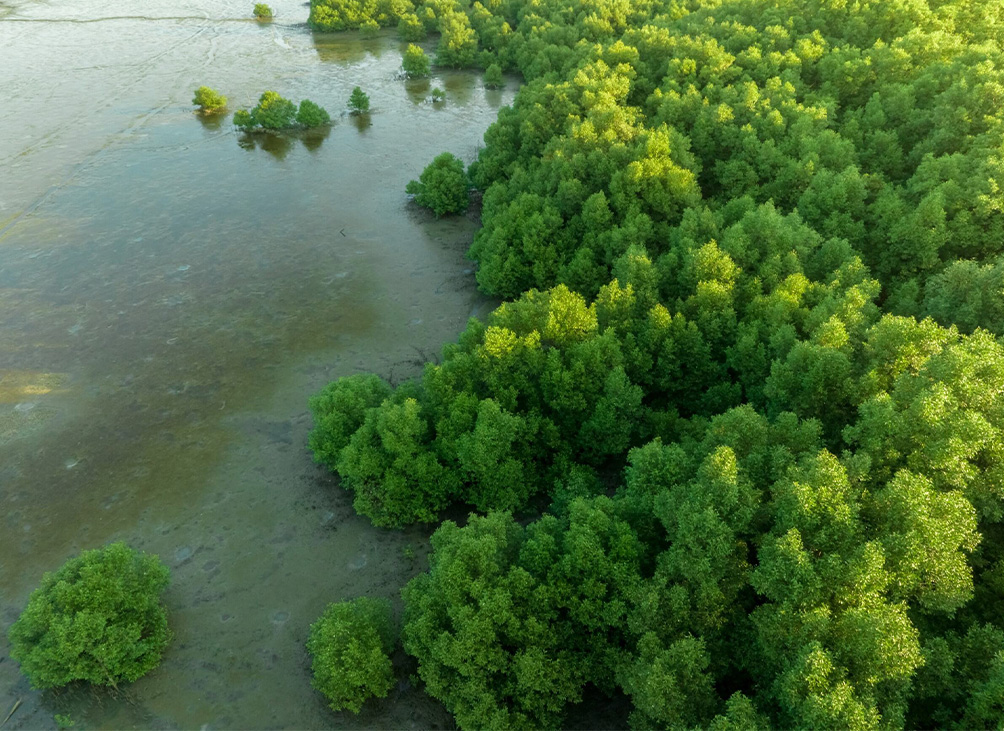
Conservation efforts in international plants
In Australia, during the construction of our 520 MW Stubbo Solar, we repurposed cleared trees into mulch for erosion control and ground stabilization, ensuring minimal waste and maximum resource efficiency. We’re also promoting land use coexistence at our 521 MW New England Solar, where more than 6,000 merino sheep graze among solar panels.
The same site also features “No Go Zones” for sensitive ecological areas, with strict access controls as well as ongoing management to protect habitats.
New England Solar supports biodiversity by entering into a partnership with tertiary research institution to evaluate soil conditions. Additionally, gum trees removed during construction have been repurposed to enhance biodiversity along a 30-kilometer stretch of the Peel River, revitalizing local ecosystems.
In Vietnam, we implement bat curtailment systems and bird diverters to minimize collision risks with the wind turbines in our 88 MW Ninh Thuan Wind. Meanwhile, Super (Solar NT) collaborates with the Sông Foundation on a five-year mangrove afforestation campaign, planting 5,555 trees by 2027 to restore 1.3 hectares of mangroves while equally promoting environmental education. Community-led roadside planting in Lai Hoa commune further strengthens local engagement in sustainability efforts.
Similarly, we strategically install our wind turbines to avoid critical habitats and adopt noise mitigation measures to reduce wildlife disruption in our projects in the United States.
In Indonesia, Salak and Darajat Geothermal focuses on reforesting critical lands, preventing landslides and conducting regular biodiversity monitoring with key stakeholders to ensure long-term forest conservation.

